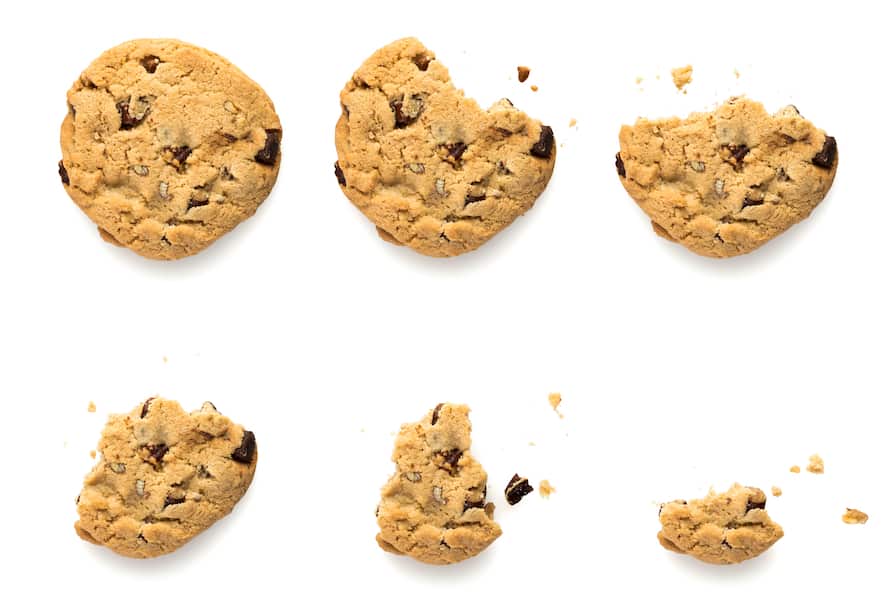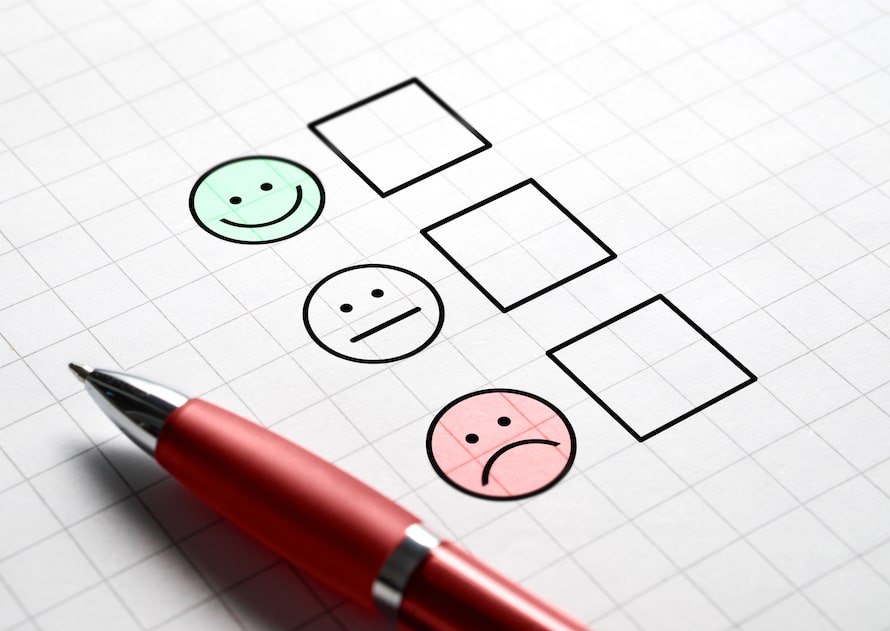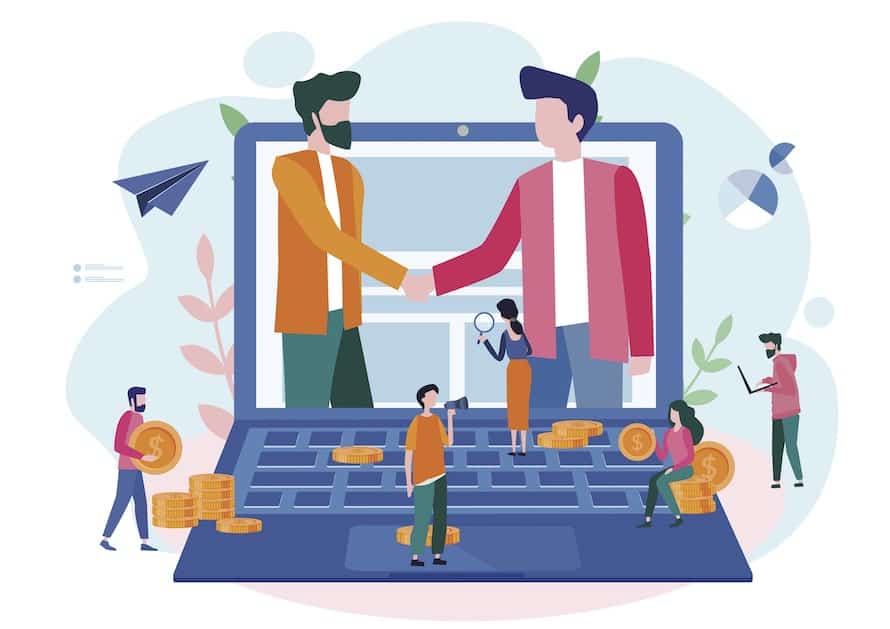Perhaps the biggest news to hit the digital marketing world in the past few years is that Google is phasing out third-party cookies.
What does this mean? Marketers and advertisers will no longer have the individualized data that they’ve long relied upon to create ads, retarget customers, and serve clients highly personalized emails, offers, and more.
Related post: 21 Proven Ways to Retarget Your Ideal Customers
Instead, they’ll have access to what Google is calling FLoC, or Federated Learning of Cohorts. These are cohorts of users that will be grouped together according to specific interests or similarities but without each user’s individual identifying information.
Considering how critical individual user data has become for digital advertising and marketing, it’s easy to see why some brands are feeling panicked at the thought of the change.
After all, not only do brands rely on the data to sell and market their products effectively, but customers also demand a highly personalized experience. And while those customers are also beginning to value online privacy more than ever before, they still don’t want to see messaging that’s not relevant to them and their interests. It’s hard enough to keep their attention with messaging that is targeted and relevant.
But is the panic justified? And regardless, what are B2B brands and marketers supposed to do in the post-third-party cookie era? Here’s a rundown.

What’s a third-party cookie anyway?
Third-party cookies are small text files that are dropped into browsers by domains other than the one users are visiting directly.
Their purpose is to store anonymized information about the user’s browsing behavior. This information is then sent to the domain’s server (run by an adtech company—the third party), and brands, advertisers, marketers, and other agencies can rent or purchase this information in order to better target their messaging.
These cookies are used to build a unique behavior profile for each user, which allows brands to target them with ads or other messaging based on their online activity.
How are third-party cookies different from first-party cookies?
First-party cookies are also bits of code stored on websites, but they’re owned and run by the websites themselves.
These cookies are used to do things like:
- Store your password so you don’t have to log in every time you visit the site
- Save your shopping cart
- Improve your product recommendations
- Save your history on the site
This saved information is only accessible to the owner of the site—unlike third-party cookies, where data is available for purchase or rent. First-party cookies won’t be affected by Google’s phasing out of third-party cookies.
How will the phasing out of third-party cookies affect B2B brands?
The biggest concern that B2B brands and marketers have with the switch from cookies to FLoCs is that the user profiles that are created after third-party cookies go away will be less accurate—and therefore, user personalization and targeting will be less accurate, potentially affecting sales, user base growth, etc.
The kind of granular, highly detailed view of a user’s overall browsing behavior across the internet—that’s what marketers will lose access to. We won’t be able to tell that users who visit our site also visited X other competitors’ sites, or searched for a specific product after leaving our site.
This will necessitate innovation in terms of how B2B brands still maintain the level of personalization users want, while working with less-accurate data. There are solutions for this—zero-party data being one of them—that we’ll cover further on.

However, despite the solutions and even, potentially, improvements that are available to brands post-third-party-cookie, B2B companies will nonetheless have to prepare for a shift in some of the ways they do business, as well as examine how they’re viewing and treating their customers.
Are we interacting with them online as data points? Or are we actually working to develop a personal, human-to-human relationship with them?
Related post: The Best Ways to Use B2B PR to Support Your Branding
What should B2B brands do to optimize their marketing after third-party cookies are gone?
There are a few other types of user behavior data that B2B brands can use to make up for the loss of online user data they’ll experience.
First-party data
First-party data is data that you, the brand, collect on your users when they visit your website or interact with your brand.
This includes:
- Data collected from first-party cookies that you place on your site—this would include products users view, shopping cart information, time spent on site, hovering, clicks, etc.
- Data on customers or prospects you have in your CRM
- Subscription data
- Transactional data like purchases or downloads
Second-party data
Second-party data is essentially someone else’s first-party data.
If you have a relationship with another organization (a relationship that must be disclosed on your site if you’re sharing customers’ data with them), that organization may share or sell its own first-party customer data to you, giving you additional information about their users.
Second-party data can be extremely valuable if you can find the right dataset, along with a site that’s willing to share it with you. This part may take some legwork, but it could be worth it once the third-party data becomes less accurate.
Zero-party data
As we move into a cookie-less future, zero-party data is going to be where most brands need to dramatically increase their focus.
Zero-party data is similar to first-party data, in that it’s collected, controlled, and owned by your brand. However, zero-party is even more valuable and accurate than first-party data because it is data that the customer intentionally, proactively shares with your brand.
If a customer fills out a demo request form with their name, email, job title, and company, that’s zero-party data.
If they respond to a survey, those answers are zero-party data.
If they fill out a lead gen form on LinkedIn or Facebook, that’s zero-party data.
Leaders in the data and customer engagement industry like Cheetah Digital and Salesforce are calling this kind of data the gold standard, as it’s the most accurate and informative information you can get: after all, it’s coming directly from the source.
You should already be collecting zero-party data, but if you aren’t, that needs to be one of your first priorities.
Ways to collect zero-party data include:
- Gated content that requires a name, email address, and/or additional personal information to access
- Lead gen forms on social sites like LinkedIn and Facebook, as well as your own website
- Adding custom questions to forms for users to answer
- Branded mobile apps that request user information
- Microexperiences, or small, mobile-friendly digital experiences that are available on your website and request three to four pieces of information from the consumer
Advantages of zero-party data
The biggest obvious advantage of zero-party data is that it comes directly from your prospect or customer. This is the only way you can gather certain information, like purchase intent, desires, and why they behave the way they do.
However, another major advantage is that the very act of collecting this kind of data is a customer relationship-building tool.
Asking your customers questions, and then—critically—responding to their answers, whether that’s by tailoring their site experience to their preferences, or actively having a conversation with them, is how you build trust.
And brand trust is the most valuable currency out there. That’s one thing that third-party cookies, for all their data-gathering and usefulness, have demonstrably damaged. When customers feel that their data is not being protected, or that they’re being exploited in order to get that data, that trust goes way, way down. What’s more, it’s very difficult to build it back up again.
Adapting to the loss of third-party cookies will take some time and innovation, but at Zen, we’re of the mind that the outcome will be a positive one—at least for the B2B brands that focus in on trust, and embrace adaptation. If you need help adapting to this new marketing landscape, give us a call!





